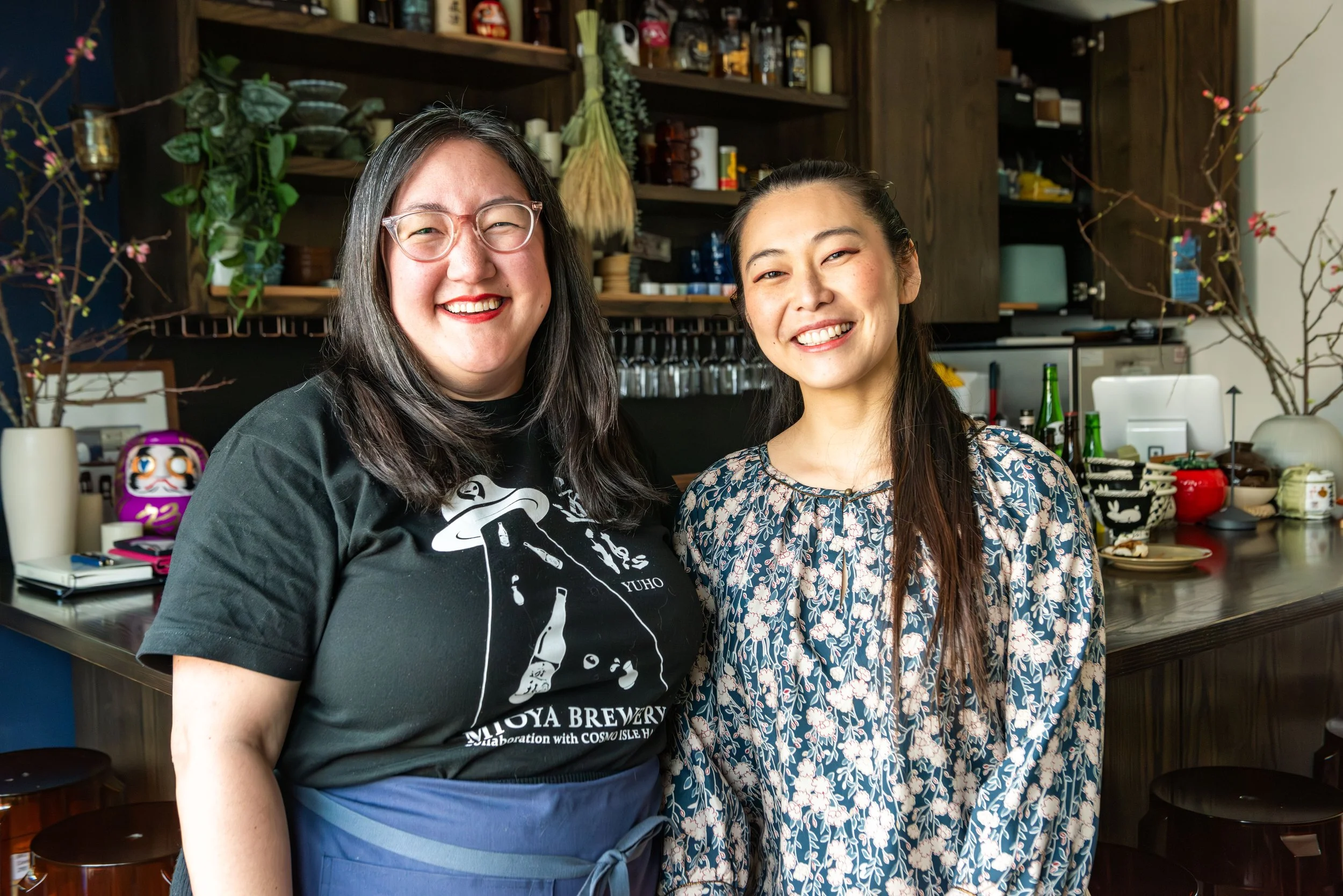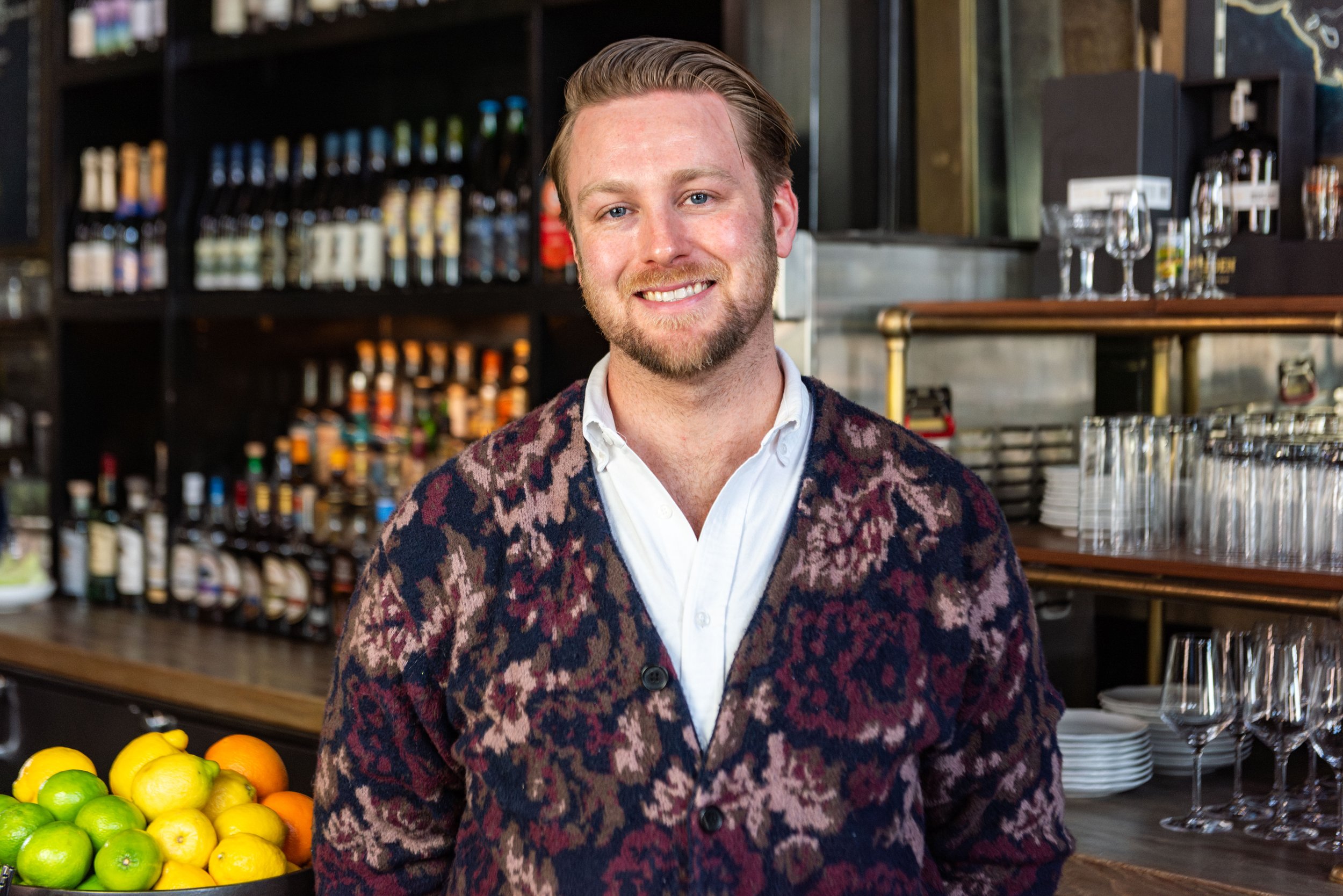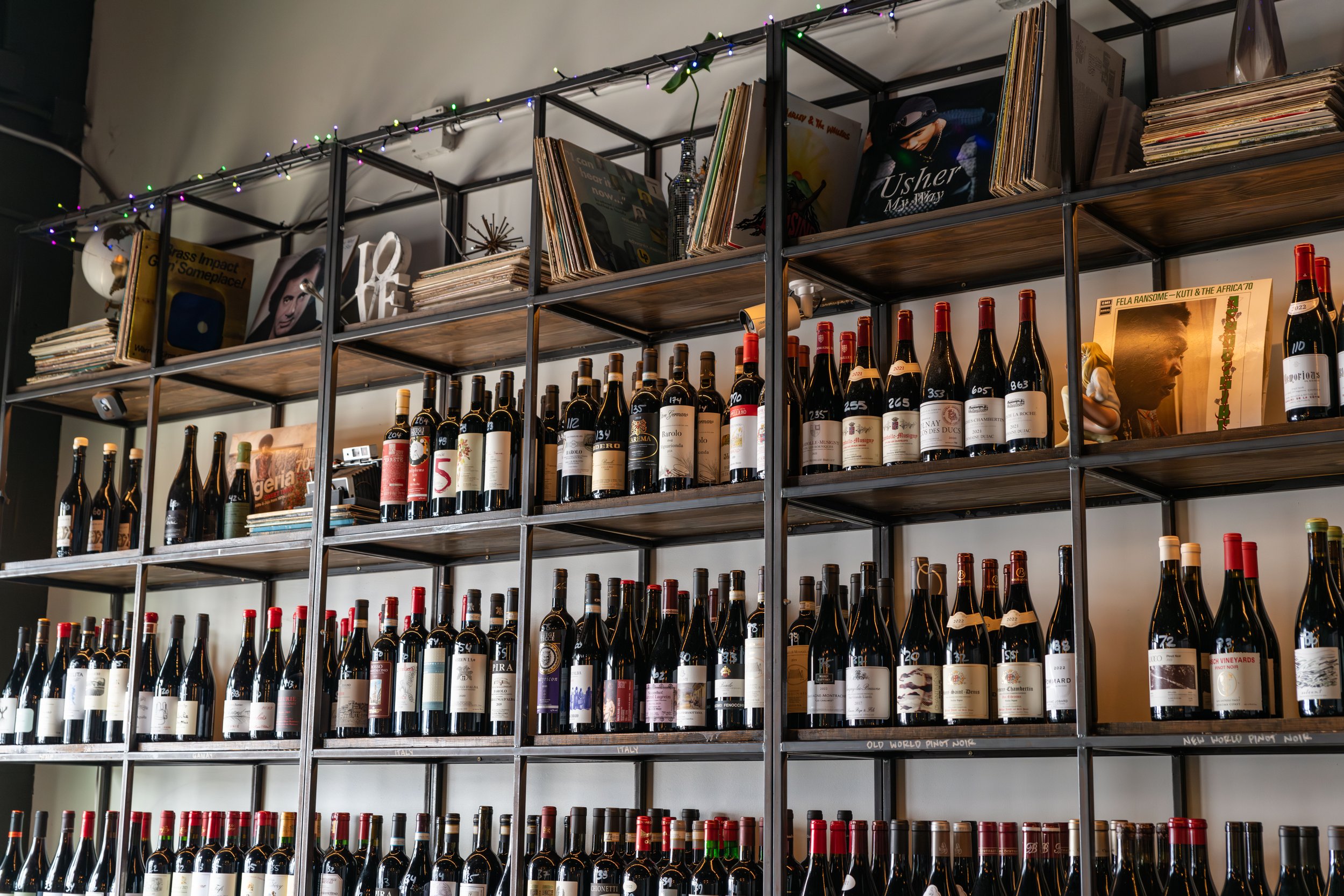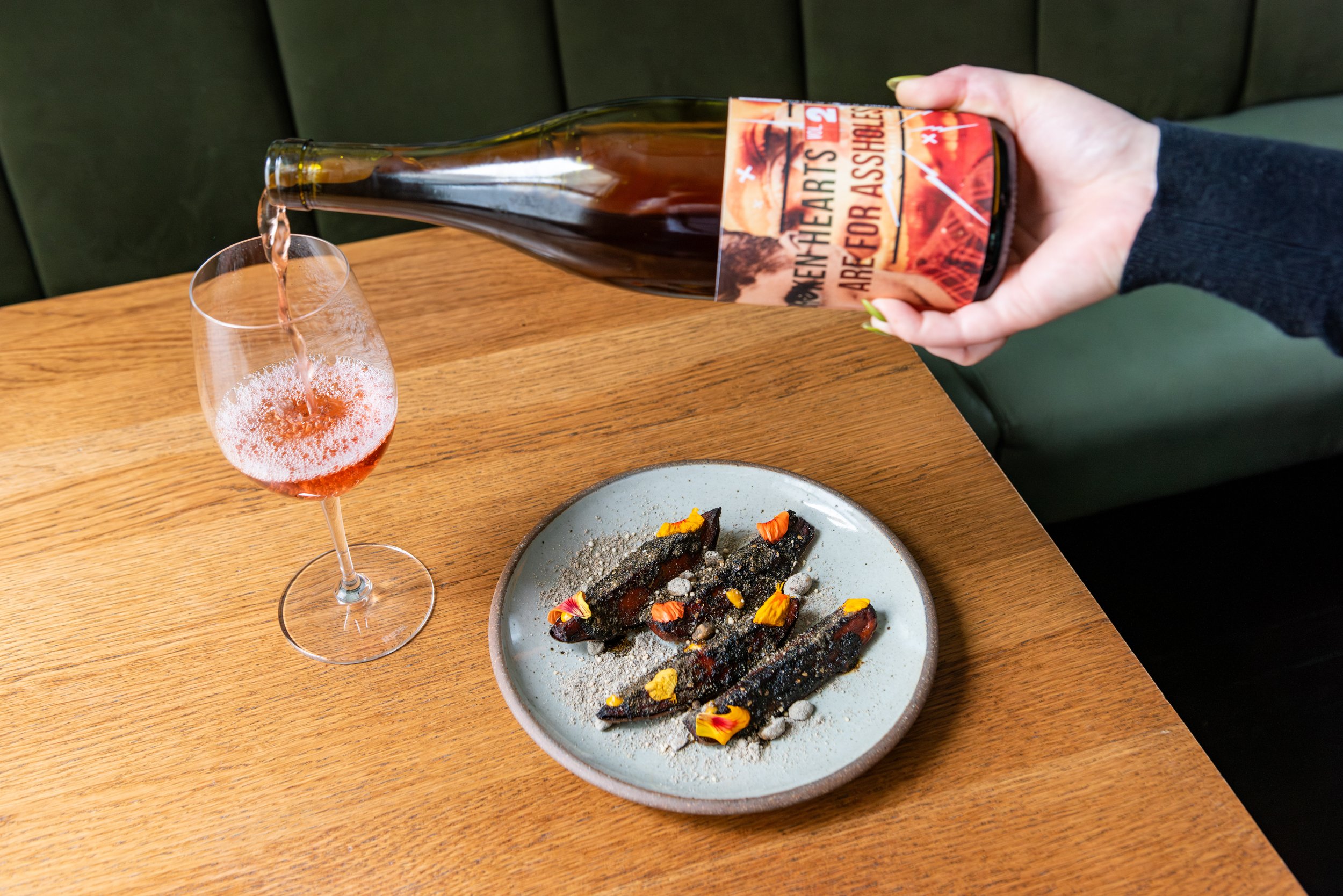Curating The Koji Club
Through an extensive beverage list, educational opportunities, and a homey space, Alyssa Mikiko DiPasquale hopes to foster passion for sake.
photos: will blunt
When handed a menu at The Koji Club in Brighton, sake newbies might get timid. Whether they admit it or not, they need help wading into these fermented waters—so the staff comes equipped with floaties in the form of a reverse-engineered ordering experience. What do you typically drink, they’ll ask. Margaritas? Martinis? Sometimes the responses surprise Chef Moe Kuroki, like when one guest said “Gatorade.” Lemon-lime to be exact.
Though Kuroki is from Japan, she didn't know much about sake until she started working at Boston’s first sake bar, owned by Sommelier Alyssa Mikiko DiPasquale. The chef has learned a ton this past year—enough to parse through the bar’s vast collection of flavors and styles to satisfy the tastes of sake experts and sports-drink enthusiasts alike. Her first instinct was to offer the Gatorade guzzler a yuzu-flavored option. But when retelling the story recently, DiPasquale butted in: Ohmine could work, she suggested, because of its salinity.
Kuroki agreed and glided behind the dark wood bar to pour three glasses, explaining that Ohmine comes from the Yamaguchi prefecture, a region of Japan with a lot of limestone caves. It was clear, like a vodka, but when sipped it had an almost creamy texture. And though its electrolyte count was a mystery, thirsts were quenched.
This high-level hospitality has a name in Japanese: omotenashi, or “anticipating the needs of others and being prepared for anything at all,” DiPasquale said—even Gatorade drinkers. Her mastery of this philosophy is a significant piece of why The Koji Club has racked up its accolades in the two years since she opened the physical space. DiPasquale is ready for just about anything her loyal visitors can throw at her, and has packed impressive variety into her tiny, 16-seat restaurant, tucked in the back corner of the Charles River Speedway.
DiPasquale opened The Koji Club in 2022 hoping to use unpretentious, hands-on education to expand the limited awareness of sake in the U.S. The brick-and-mortar materialized after two harried years of running a sake subscription service—a pandemic project of hers that she built when she left omakase outpost O Ya. For over a decade at the restaurant, she beefed up her knowledge of the beverage and deepened her relationship to Japan, her mother’s native land.
DiPasquale grew up in Northborough, less than an hour west of Boston, never learning Japanese or having much exposure to the culture outside her own family. She’s now taking language lessons and travels to Japan frequently.
The primary purpose for her visits is to meet with importers and brewers and explore any stand-out products, of which there are many. (Once, to make room in her luggage for all her new sake, she had to ship her clothes back to Boston separately.) Back home, she builds out The Koji Club’s sake list with nods to industry trends that she observes on her travels. Several breweries on one trip were brewing with table rice, for example, which is cheaper than traditional sake rice. These innovations are represented on her shelves—which also house bottles from nearly all of Japan’s few women sake brewers—alongside styles that are more familiar and classic, like a warm sake section.
In keeping with the unconventional, experimental theme, Kuroki reached for another bottle from behind the bar, a special treat from a brewery called LIBROM that’s co-fermented with ginger. The pour was cloudier than the Ohmine, with a honeydew melon–colored tinge. It had a subtle bubble from the lack of pasteurization, and a gingery kick. Kuroki served it with a spread of Saltine crackers, a swatch of plain cream cheese, and a glob of green pepper miso.
“I actually hate bell peppers but I love her miso,” DiPasquale said, smothering a cracker with the white and muddy-green layers.
Kuroki and DiPasquale bonded not only over a shared interest in Japanese gastronomy, but a shared philosophy around art and learning. Before she ran her own ramen restaurant (Oisa Ramen, which closed in 2020), Kuroki wanted to be a swordsmith. Like sake brewing, swordsmithing is not traditionally open to women in Japan, but when she came to Boston as a teenager, she studied metal-smithing at MassArt. Kuroki thinks of her cooking—whether it’s ramen pop-ups, her Wednesday night Japanese home-cooking series, or her bite-sized bar snacks—as an extended art project.
DiPasquale studied art administration at Simmons with the expectation that she would one day own a gallery. The bar itself feels a little like a museum of DiPasquale’s past, with relics from her late grandfather’s diner in Denver, hand-selected tableware from her travels, and sepia-toned lucite pitchers that nod to her neighborhood Papa Gino’s in suburban Massachusetts. The back white wall is almost entirely empty aside from a jagged thread of 24-karat gold in the corner, like a river on a map, in the kintsugi style, the Japanese method of repairing broken pottery.
Every inch of the 250-square-foot bar is imbued with intention, all part of welcoming guests into her sake-soaked world. “I am a curator, I’ve always known that about myself,” DiPasquale said. “I just needed to find how I was going to do that. And I do that here.”









Tips on building a wine list that works for everyone from Sommelier Thibaut Idenn of Alla Vita and Boka